
news

Private Jet Travel During the Holiday Season: A Statistical Overview

The holiday season is a peak time for private jet travel, as individuals and families seek the convenience, luxury, and efficiency that private aviation offers. Here are some key statistics and insights into the trends and patterns of private jet travel during this busy period:
Surge in Private Jet Flights
- Significant Increase: During the holiday season, private jet flights see a dramatic increase. For example, in Europe, private jet traffic surged by 250% at key tourist hotspots in July compared to January.
- Popular Destinations: Top destinations for private jet travel include luxury holiday spots such as Nice, Geneva, and Palma de Mallorca. In Spain alone, 27,122 private jet flights were recorded last year, predominantly at airports in Palma, Ibiza, and Malaga.
Environmental Impact
- CO2 Emissions: The increase in private jet flights during the holiday season results in significantly higher CO2 emissions. For instance, airports like Ibiza and Menorca recorded up to 68% of their annual emissions during the summer peak alone.
- Sustainable Alternatives: Despite the convenience, there is growing concern about the environmental impact of private jet travel. Efforts are being made to explore more sustainable aviation options to mitigate this impact.
Travel Preferences
- Leisure Travel: A large proportion of private jet flights during the holiday season are for leisure purposes. Over 117,000 private jet journeys were recorded to 45 luxury destinations throughout the year, with most of these flights being for leisure.
- Short Distances: Interestingly, 11.9% of these flights covered short distances of up to 250 km, which could have been made using more sustainable transportation options such as trains or ferries.
Market Trends
- High Demand: The demand for private jet travel spikes during the holiday season, driven by the desire for exclusive and hassle-free travel experiences. This trend is particularly evident in high-net-worth individuals and families seeking to avoid crowded commercial flights.
- Luxury and Convenience: Private jets offer unparalleled luxury and convenience, making them the preferred choice for those looking to maximize their holiday experience. From personalized service to direct flights to remote destinations, private jets provide a unique travel experience.
In conclusion, the holiday season sees a significant uptick in private jet travel, driven by the demand for luxury, convenience, and exclusive experiences. While this trend highlights the appeal of private aviation, it also underscores the need for sustainable practices to address the environmental impact of increased private jet usage.
Gulfstream G500 and G600 Program Makes 300th Delivery
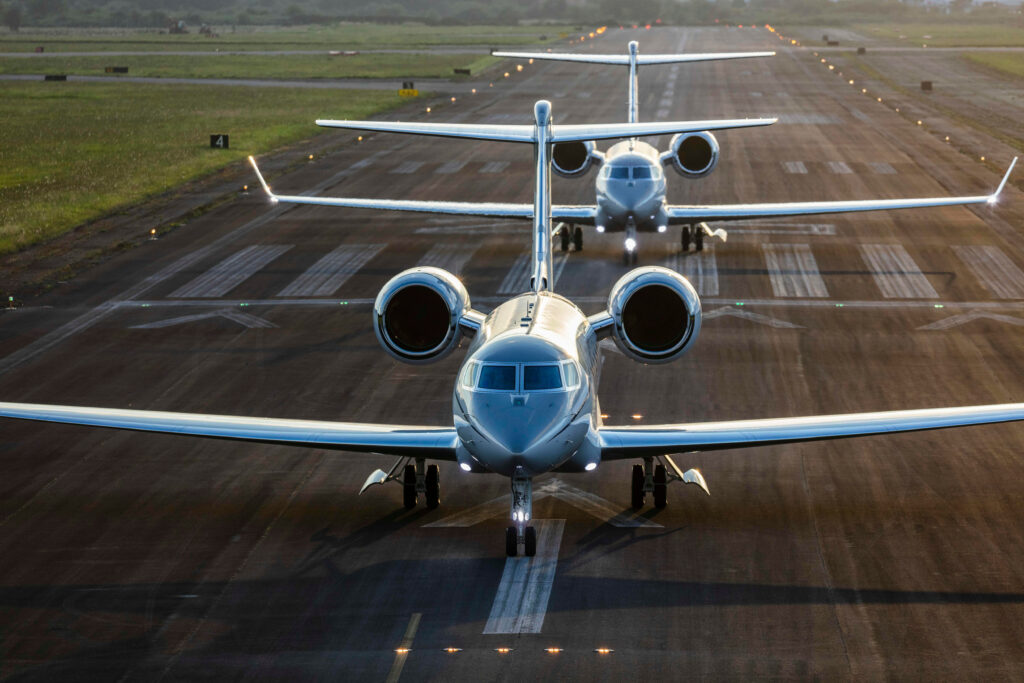
Savannah, Ga., November 25, 2024 — Gulfstream Aerospace Corp. today announced the 300th customer delivery in the Gulfstream G500 and Gulfstream G600 fleet, a signal of continued worldwide demand.
Both award-winning aircraft feature the Gulfstream Symmetry Flight Deck, with safety-enhancing technology including the industry’s first active control sidesticks and most extensive use of touch-screen technology, along with Phase-of-Flight intelligence. These aircraft were purposefully designed to increase manufacturing efficiencies by establishing commonalities throughout Gulfstream’s next-generation fleet, advances which led to incorporating the same award-winning flight deck on the Gulfstream G700, Gulfstream G800 and Gulfstream G400.
“Delivering 300 aircraft is a clear indication of strong interest in the G500 and G600 around the world,” said Mark Burns, president, Gulfstream. “Thanks to investments from our parent company, General Dynamics, these aircraft continue to achieve new milestones as customer demand remains steadfast. The advanced efficiencies established by this program have provided us with the flexibility to expand our production line, supporting the success of our next-generation fleet well into the future.”
This announcement follows other recent accomplishments for the G500 and G600 fleet. In June, the G500 and G600 each surpassed 100,000 flight hours, a reflection of strong customer demand. Also within the past year, both aircraft received U.S. Federal Aviation Administration (FAA) certification for steep-approach operations, opening access to even more airports, including some of the world’s most challenging.
The G500 can fly 5,300 nautical miles/9,816 kilometers at Mach 0.85 or 4,500 nm/8,334 km at Mach 0.90 and the G600 can fly 6,600 nm/12,223 km at Mach 0.85 or 5,600 nm/10,371 km at Mach 0.90. Both aircraft feature a maximum operating speed of Mach 0.925.
The G500 and G600 feature the Gulfstream Cabin Experience with 100% fresh, never recirculated air, industry-leading low cabin altitudes, whisper-quiet sound levels and abundant natural light from 14 Gulfstream Panoramic Oval Windows, the largest in the industry. With award-winning seat and cabin designs, both aircraft can seat up to 19 passengers.

Airports are often seen as mere transit points, but some go above and beyond to offer unique experiences that make them destinations in their own right. Here are some of the coolest airports around the world that redefine the travel experience:
1. Changi Airport, Singapore
Changi Airport is consistently ranked as one of the best airports in the world, and for good reason. It features a butterfly garden, the world’s tallest indoor waterfall, a mirror maze, a rooftop pool, a free 24-hour movie theater, and a four-story-tall indoor slide. It’s more like a luxury resort than an airport, making layovers something to look forward to.
2. Hamad International Airport, Doha, Qatar
Hamad International Airport is known for its luxurious amenities and stunning architecture. It boasts an indoor tropical garden called the Orchard, high-end designer stores, and even a second airport hotel. This airport was expanded to accommodate the surge of visitors for the FIFA World Cup 2022, making it a top-notch travel hub.
3. Vancouver International Airport, Canada
Vancouver International Airport stands out with its two aquarium exhibits featuring more than 20,000 animal and plant species native to British Columbia. The airport’s design and amenities reflect the natural beauty of the region, making it a serene and enjoyable place to spend time.
4. Incheon International Airport, South Korea
Incheon International Airport offers a range of unique attractions, including an ice-skating rink, a massive duty-free mall, and a cultural museum. The airport is designed to provide a seamless and enjoyable experience for travelers, with plenty of entertainment options to keep you occupied during layovers.
5. Kuala Lumpur International Airport, Malaysia
This airport features a wooden boardwalk through a rainforest complete with its own waterfall. It also offers an airport spa for those looking to relax before their flight. The blend of natural elements and modern amenities makes it a standout airport.
6. Helsinki Airport, Finland
Helsinki Airport is known for its innovative sleeping pods, which provide a comfortable place to rest while waiting for your flight. The airport also has a book swap area where travelers can trade old reads for new ones, adding a touch of community and convenience to the travel experience.
7. Hong Kong International Airport, Hong Kong
Hong Kong International Airport offers a virtual golf course, art galleries, an IMAX theater, and an Aviation Discovery Center with a flight simulator. These features make it a hub of activity and entertainment, ensuring that there’s never a dull moment.
8. San Francisco International Airport, USA
San Francisco International Airport is home to a 24-hour yoga room and the SFO Wag Brigade, which includes therapy dogs and even a therapy pig named LiLou. These unique amenities help travelers relax and de-stress before their flights.
These airports are not just gateways to the world but destinations in themselves, offering a range of unique experiences that make travel more enjoyable and memorable. Whether it’s through luxurious amenities, innovative designs, or unique attractions, these airports set the standard for what modern air travel can be.
The Coolest Airports in the World
The Future of Autonomous Flight Technology
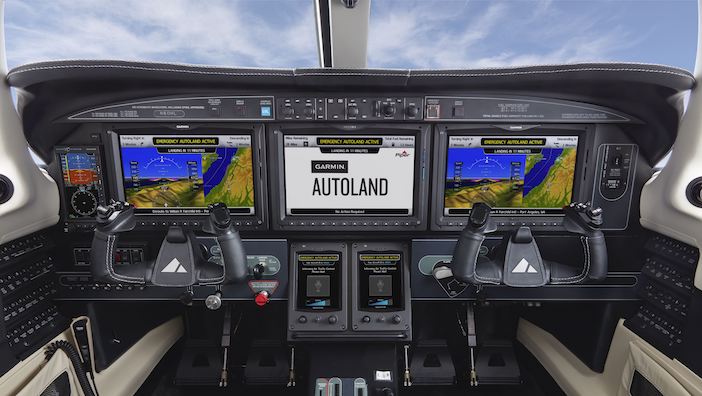
The Future of Autonomous Flight Technology
Autonomous flight technology is revolutionizing the aviation industry, promising to enhance safety, efficiency, and convenience. This cutting-edge technology leverages advanced algorithms, artificial intelligence (AI), and machine learning to enable aircraft to operate with minimal or no human intervention. Let’s explore the key aspects and potential of autonomous flight technology.
The Evolution of Autonomous Flight
The journey towards autonomous flight began with the development of autopilot systems, which have been used in commercial aviation for decades. These systems can handle routine tasks such as maintaining altitude,speed, and heading, allowing pilots to focus on more critical aspects of flight. However, the latest advancements in AI and machine learning are pushing the boundaries of what autonomous systems can achieve.
Key Components of Autonomous Flight Technology
- Advanced Sensors and Cameras: Autonomous aircraft are equipped with a suite of sensors, including radar, lidar, and computer vision cameras. These sensors provide real-time data about the aircraft’s surroundings, enabling it to navigate safely and efficiently.
- Artificial Intelligence and Machine Learning: AI algorithms process the data collected by sensors to make real-time decisions. Machine learning allows these systems to improve over time, learning from past experiences to enhance performance and safety.
- Navigation Systems: Autonomous aircraft rely on sophisticated navigation systems that integrate GPS, inertial measurement units (IMUs), and other technologies to determine their precise location and trajectory.
- Communication Systems: Reliable communication systems are essential for autonomous flight. These systems enable the aircraft to communicate with ground control, other aircraft, and air traffic management systems to ensure safe and coordinated operations.
Applications of Autonomous Flight Technology
- Commercial Aviation: Autonomous flight technology has the potential to address pilot shortages and improve operational efficiency in commercial aviation. By automating routine tasks, pilots can focus on more complex and critical aspects of flight, enhancing overall safety.
- Urban Air Mobility (UAM): Autonomous flight technology is a key enabler of urban air mobility solutions, such as air taxis and delivery drones. These systems can navigate complex urban environments, providing efficient and convenient transportation options.
- Military and Defense: Autonomous aircraft are increasingly being used in military applications for surveillance, reconnaissance, and combat missions. These systems can operate in high-risk environments, reducing the need for human intervention.
- Search and Rescue: Autonomous drones equipped with advanced sensors and AI can be deployed for search and rescue missions in challenging terrains and adverse weather conditions. These systems can quickly locate and assist individuals in distress.
Challenges and Future Prospects
Despite the significant advancements, there are still challenges to overcome before fully autonomous flight becomes a reality. These include:
- Regulatory Hurdles: Developing and implementing regulations for autonomous flight is a complex process that requires collaboration between aviation authorities, manufacturers, and operators.
- Safety and Reliability: Ensuring the safety and reliability of autonomous systems is paramount. Rigorous testing and validation are necessary to build trust in these technologies.
- Public Acceptance: Gaining public acceptance for autonomous flight will require addressing concerns about safety, privacy, and security.
The future of autonomous flight technology is promising. As AI and machine learning continue to advance, we can expect to see more sophisticated and capable autonomous systems in the skies. These technologies have the potential to transform the aviation industry, making air travel safer, more efficient, and more accessible.
MODELS OF THE MARQUE – THE 1960s: THE ROLLS-ROYCE SILVER SHADOW
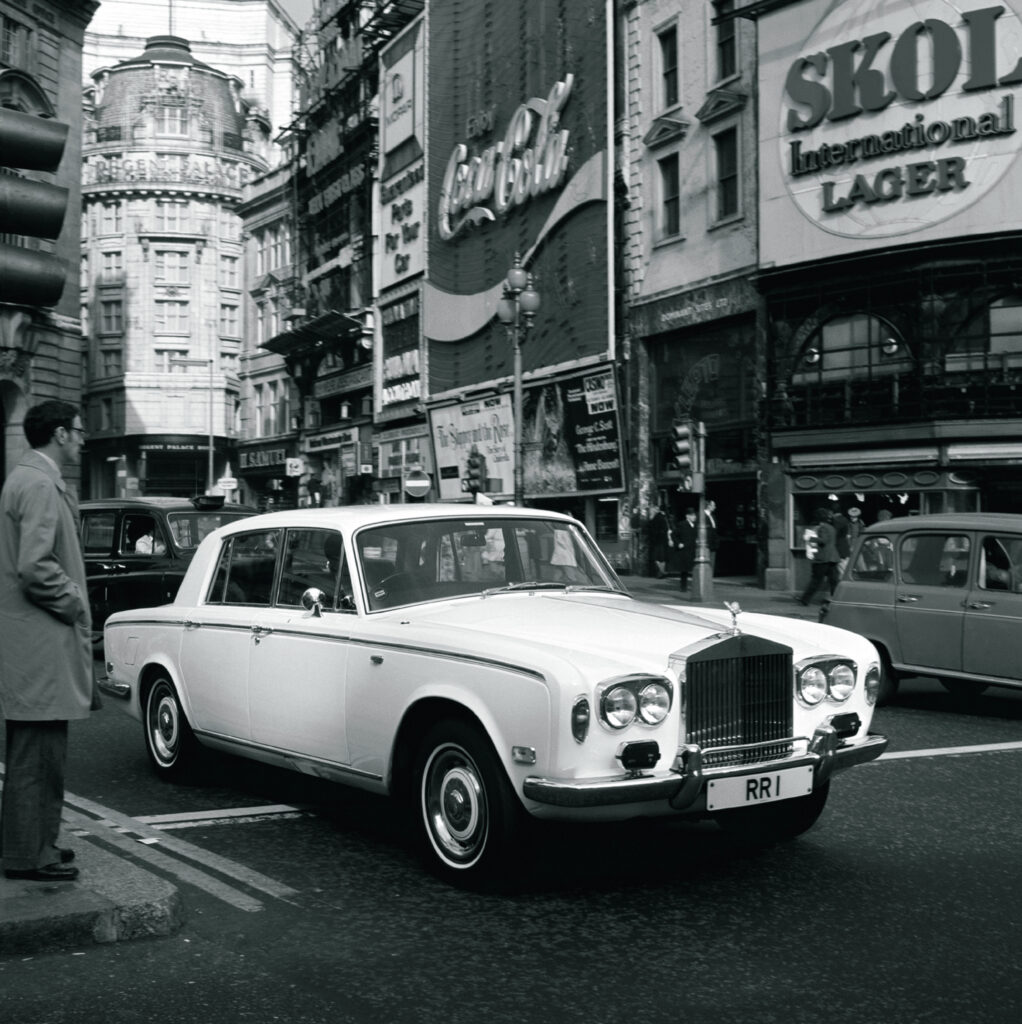
The seventh instalment in the ‘Models of the Marque’ series highlights Silver Shadow. A pivotal model in the Rolls-Royce story, the Silver Shadow marked a decisive shift away from traditional rolling chassis and coachbuilding to monocoque construction, and was the first Rolls-Royce to be offered only as a complete motor car.
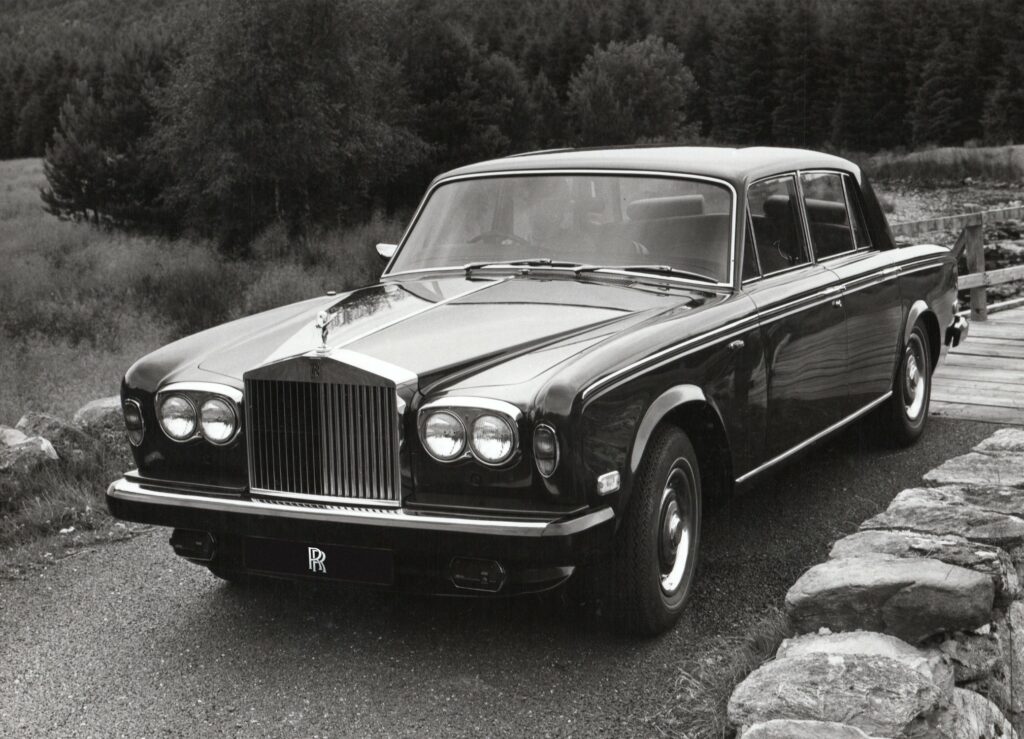
“Silver Shadow is a pivotal model in the Rolls-Royce story. It marked a decisive shift away from traditional rolling chassis and coachbuilding to monocoque construction, and was the first Rolls-Royce to be offered only as a complete motor car. At the time of its launch in 1965, Silver Shadow was the most technically advanced motor car in the world, and its underlying design was enormously influential on Rolls-Royce models that followed it. Created by the legendary John Blatchley, it was originally intended to have a 10-year lifespan: in the end, it underpinned models including Silver Spirit and Corniche right up until the late 1990s. Sixty years on, it has become a true modern classic, fondly remembered by those who knew it at the time, and increasingly popular with a new generation of Rolls-Royce enthusiasts, owners and collectors.”
Andrew Ball, Head of Corporate Relations & Heritage, Rolls-Royce Motor Cars
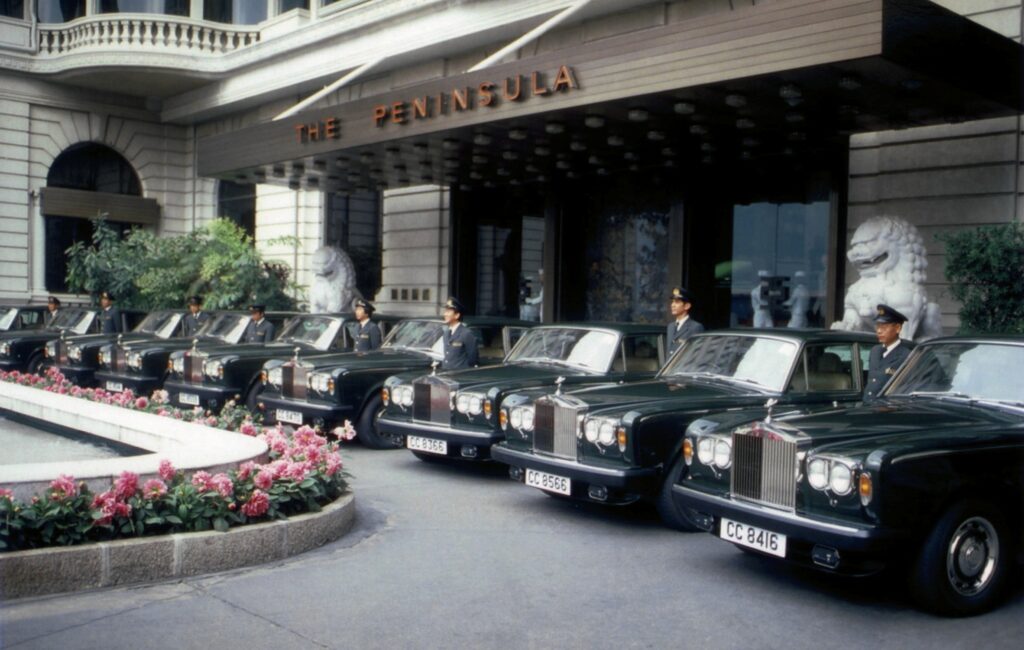
In February 1954, senior engineers at Rolls-Royce were already thinking about the replacement for Silver Cloud – even though Silver Cloud itself was still being finalised and would not actually be launched until the following year.
The reason was simple; times were changing, and the company could foresee that, in the future, owners would want motor cars that were more compact overall, but not to the point of sacrificing interior space. This was extremely difficult to achieve using the traditional technique of mounting coachbuilt bodywork on a rolling chassis; the construction method used for every Rolls-Royce motor car since 1906. The engineers knew that the answer lay in monocoque construction, where the body and floorpan are integrated into a single ‘unibody’, with the suspension and other mechanical components carried on the front and rear subframes.
Work on the new design began in earnest in 1958, with two experimental models: one with a 126-inch (317.5cm) wheelbase, of which only three were built, and another 6.5 inches (16.51cm) shorter. They soon realised that the smaller version was the way forward and it entered full development under the codename ‘SY’. It was this shorter-wheelbase version that would become the new model, named Silver Shadow, which made its debut in 1965.
Silver Shadow’s broad concept and detailed design were the work of chief styling engineer John Blatchley, who had joined Rolls-Royce in 1940 from coachbuilder Gurney Nutting. His unenviable brief was to produce an up-to-the-minute design that could also remain in production for up to 10 years, to recoup the high tooling costs associated with monocoque construction.
His task was complicated further by the fact that Silver Shadow was, by some distance, the most technically advanced car in the world at that time. Indeed, it ranked alongside the Silver Ghost and Phantom III – and Ghost in the modern era – as the most radical advance in design in any single Rolls-Royce model.
Although the engine and its Hydramatic four-speed automatic gearbox were carried over from the preceding Silver Cloud III, practically everything else about Silver Shadow was new. The most obvious innovation was the three-box bodyshell which, despite being much smaller, offered increased interior passenger space, a larger fuel tank and greater luggage capacity than Silver Cloud.
Comfort, handling and quietness were also substantially enhanced. This was due to the monocoque body’s higher torsional rigidity, and the Vibrashock mountings that isolated the subframes from the bodyshell, reducing noise, vibration and harshness transmitted from the road surface. Other ‘firsts’ included four-wheel disc brakes, hydraulically operated, self-levelling independent rear suspension, and electrically operated gear-change selector and front-seat adjustment.
The designers understood that there would still be a market for a ‘sportier’ version of Silver Shadow. However, since they were not prepared to deviate from the monocoque form that gave the bodyshell its strength and structural integrity, they could not leave this to the few remaining independent coachbuilders. Their solution was to use their own in-house coachbuilders, Mulliner Park Ward Ltd, to assemble and finish bodyshells specially prepared by the suppliers, Pressed Steel Company Ltd. The resulting fixed-head two-door saloon and drophead coupé models were introduced to the public in 1966.
Further technical changes followed in 1968, when the four-speed Hydramatic gearbox was superseded by the three-speed GM400 with a torque convertor. At the same time, the suspension, which had proved admirably suited to American roads, was stiffened slightly to better reflect European conditions, in what owners everywhere judged a pleasingly excellent solution.
The Belgian author and motoring journalist Paul Frère (1917–2008), who also won the 24 Hours of Le Mans, described one memorable drive in a Silver Shadow. “I did the trip from Brussels to Monaco in one day. It felt strange speeding down the Autoroute at 110 mph with no noise coming from the engine or road, and the air conditioning keeping the temperature inside the car perfect. On reaching Monte Carlo, one impression of the Silver Shadow was dominant. I was fresh, relaxed and not in the least bit tired – a remarkable tribute to a car after having driven 700 miles.”
In 1969, Rolls-Royce began offering Silver Shadow in long-wheelbase form, with and without divisions, and mostly with a smaller rear window. These were created by Mulliner Park Ward, who simply cut the standard bodyshells in half and lengthened them by 4.5 inches (11.43cm) to increase rear passenger legroom.
1971 marked a key juncture for Rolls-Royce. Its motor car and aero engine activities were split into two separate entities, a distinction that remains to this day, with Rolls-Royce Motor Cars a wholly-owned subsidiary of BMW Group, and entirely unrelated to Rolls-Royce plc. In what were economically uncertain times, the automotive division made a bold move by announcing improved Mulliner Park Ward motor cars, still based on the original SY design, under the name Corniche. Their final iteration, Corniche Series IV, ceased production in 1995.
By 1977, Silver Shadow had evolved sufficiently to warrant its formal redesignation as Silver Shadow II. This was more of a ‘driver’s car’, with revised suspension settings, rack-and-pinion steering and a cleaner, more efficient exhaust system. All occupants benefitted from improved ergonomics and an advanced split-level air conditioning system, with controls housed in a completely new fascia. These Series II motor cars were easily identified by their large-section black polycarbonate bumpers required by regulators in the United States; outside the US, Silver Shadow II sported a full-width front spoiler – which Rolls-Royce termed an ‘anti-lift panel’ – for added straight-line stability at speed. As Series II cars, the long-wheelbase Mulliner Park Ward variants were designated Silver Wraith II.
Silver Shadow was finally replaced in 1980 by Silver Spirit – essentially the same SY floorpan and mechanics with restyled bodywork – which remained in production until 1997. The SY design had thus proved so enduringly successful, it served Rolls-Royce for more than three times the 10-year lifespan originally anticipated for it. While precise figures are impossible to come by, it is generally accepted that some 37,000 Silver Shadows and Corniches were built, making it the most successful design in the company’s history prior to the contemporary Goodwood era. Even today, nearly 60 years on, Silver Shadows can still be seen wafting along Rodeo Drive, Champs-Élysées, Sheikh Zayed Road, New Bond Street and other prestigious haunts in the world’s great cities.
Source: Rolls-Royce Motor Cars PressClub
How High Can We Fly? Exploring the Altitudes of Private Jets
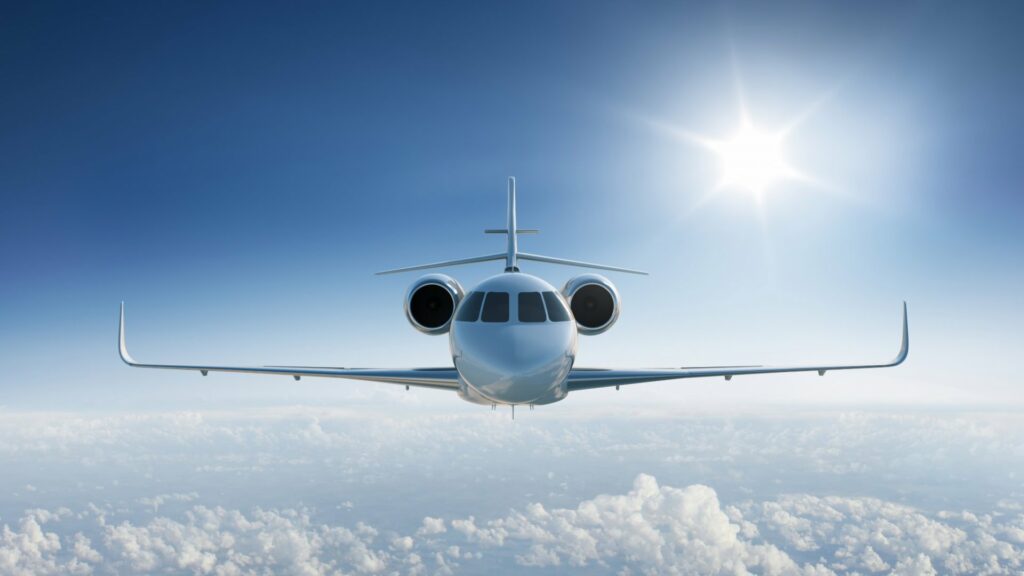
Private jets are the epitome of luxury travel, offering unparalleled comfort, convenience, and speed. But beyond these well-known benefits, private jets also have the capability to fly at impressive altitudes, providing a smoother and more efficient travel experience. So, just how high can we fly in a private jet? Let’s explore.
The Benefits of High-Altitude Flying
Flying at higher altitudes offers several advantages. The air is thinner at higher altitudes, which means there is less air resistance. This allows jets to fly faster and more efficiently, reducing travel time and fuel consumption. Additionally, higher altitudes often mean smoother flights, as jets can avoid much of the turbulence and adverse weather conditions found at lower levels.
Top High-Flying Private Jets
Gulfstream G650ER: This jet is renowned for its high-altitude capabilities, reaching up to 51,000 feet. Its advanced aerodynamics and powerful engines enable it to cruise at speeds of Mach 0.925, making it one of the fastest and highest-flying private jets available.
Bombardier Global 7500: Another top contender, the Global 7500 can also reach altitudes of 51,000 feet. It combines range, speed, and luxury, making it a favorite among business travelers and luxury seekers.
Dassault Falcon 8X: Known for its sleek design and exceptional performance, the Falcon 8X can soar to 51,000 feet. Its advanced wing design and powerful engines ensure a smooth and comfortable flight even at high altitudes.
Embraer Lineage 1000E: While it doesn’t reach the same altitudes as the Gulfstream or Bombardier, the Lineage 1000E still impresses with a maximum altitude of 41,000 feet. It offers a spacious and luxurious cabin, making it a popular choice for long-haul flights.
Cessna Citation Longitude: This jet can fly up to 45,000 feet and is known for its performance, efficiency, and comfort. It’s a reliable choice for those seeking a high-altitude travel experience without compromising on luxury.
Why Altitude Matters
Flying at high altitudes is not just about reaching impressive heights. It has practical benefits that enhance the overall travel experience. Higher altitudes mean less air resistance, leading to faster travel times and more efficient fuel usage. This is particularly important for private jet owners and operators, as it can result in significant cost savings.
Moreover, high-altitude flying provides a smoother ride by avoiding much of the turbulence found at lower levels. The air is also cleaner and less humid, contributing to a more comfortable cabin environment. For pilots, flying at higher altitudes offers better visibility and the ability to navigate around weather systems and other obstacles more effectively.
Conclusion
Private jets are designed to offer the ultimate in luxury and convenience, and their ability to fly at high altitudes is a key part of this experience. Whether you’re travelling for business or pleasure, the benefits of high-altitude flying—smoother rides, faster travel times, and greater fuel efficiency—make private jets an exceptional choice for discerning travellers.
So, the next time you board a private jet, take a moment to appreciate just how high you can fly and the incredible engineering that makes it possible.
Winter extra costs in aviation

PJE
ROLLS-ROYCE CELEBRATES SIXTY YEARS OF GOLDFINGER
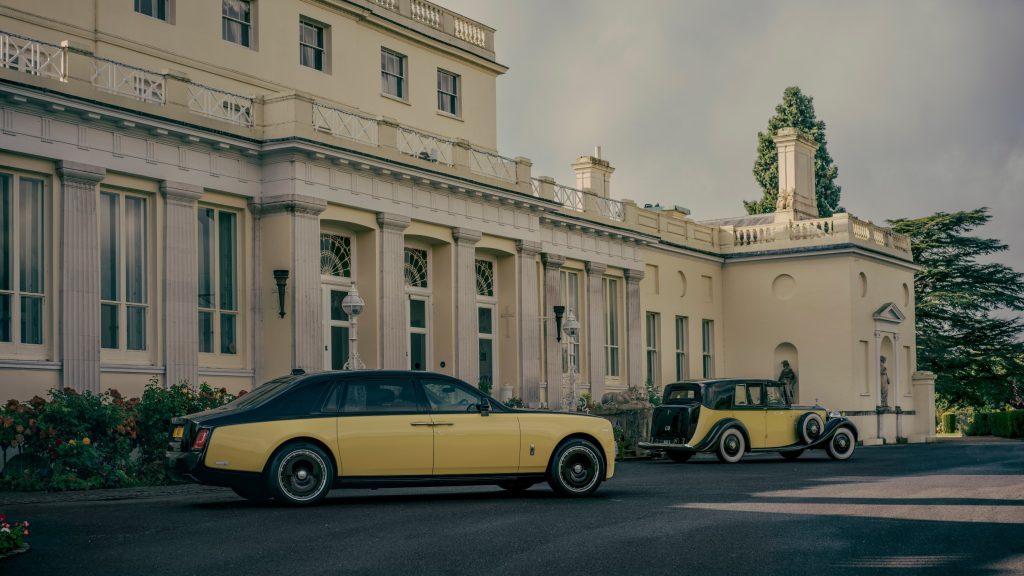
ROLLS-ROYCE CELEBRATES SIXTY YEARS OF GOLDFINGER WITH EXQUISITE ONE-OF-ONE PHANTOM EXTENDED
“At Rolls-Royce, we are dedicated to crafting deeply personal masterpieces that reshape the boundaries of possibility and truly define the essence of luxury. Each creation is a reflection of our commitment to producing extraordinary, unique motor cars that consistently delight and exceed the expectations of our clients. This particular project really invigorated our team of creatives, giving them the freedom to explore the reaches of their imagination. The final creation is a testament to the power of collaboration and the extraordinary ability of our designers, craftspeople, and engineers.”
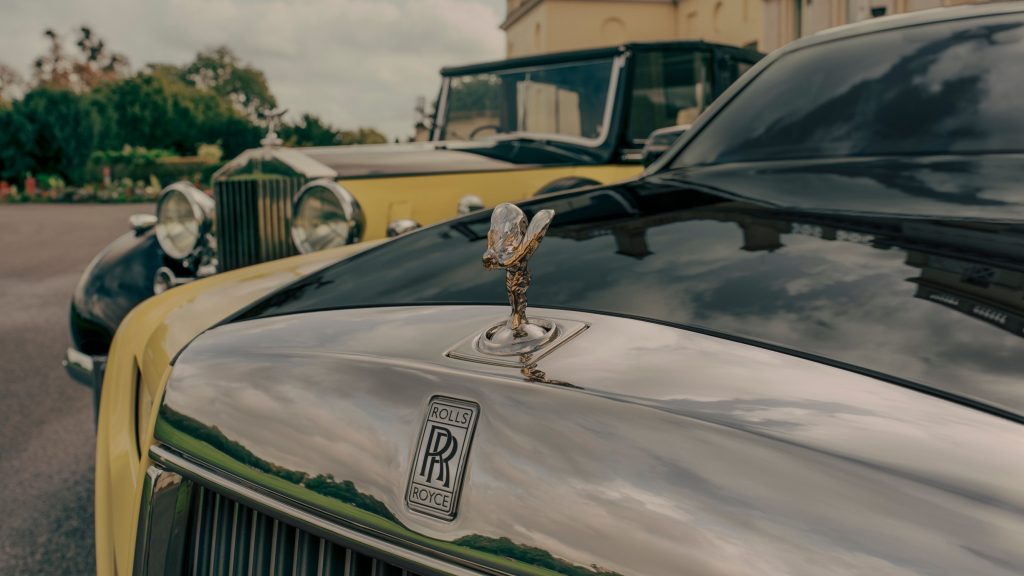
Chris Brownridge, Chief Executive, Rolls-Royce Motor Cars
“Witnessing how our Bespoke Collective seized upon the idea of celebrating 60 years of the film has been truly remarkable; this fantastic story has been masterfully explored in Phantom Goldfinger’s exquisite design. The creativity extended far beyond the making of the motor car, as we curated extraordinary experiences for the client and their family, all while staying true to the spirit of the Goldfinger theme. It is this exceptional ability to engage our clients and create lasting impressions that defines us as a true House of Luxury.”
Boris Weletzky, Regional Director, United Kingdom, Europe and Central Asia, Rolls-Royce Motor Cars
“This is gold, Mr. Bond. All my life, I’ve been in love with its colour, its brilliance, its divine heaviness.”
Auric Goldfinger, Auric Enterprises
Rolls-Royce Motor Cars has unveiled a one-of-one Phantom Extended that pays homage to the 1964 James Bond film, Goldfinger – one of twelve Rolls-Royce appearances in the 007 film franchise. Revealed in the film’s 60th anniversary year, it takes inspiration from the 1937 Phantom III Sedanca de Ville owned by theeponymous villain, Auric Goldfinger. This story is masterfully explored in Phantom Goldfinger, with exquisite and ingenious Bespoke features linking to the plot and iconography of this enduring film.
Actors and their passion to fly

